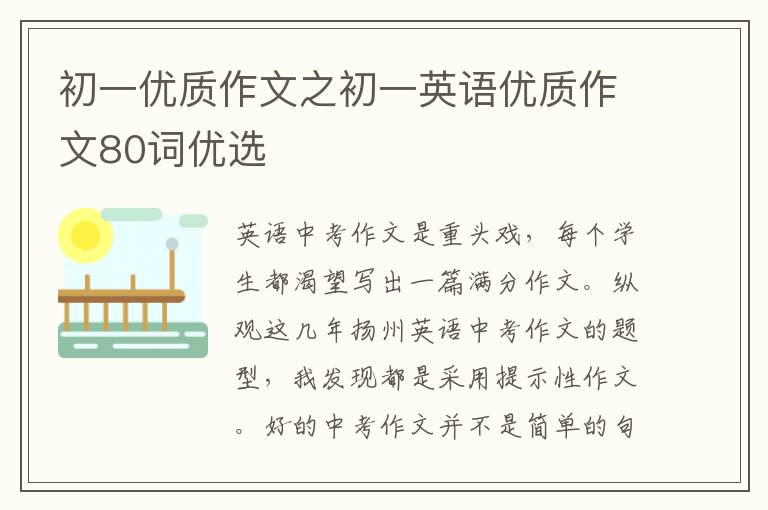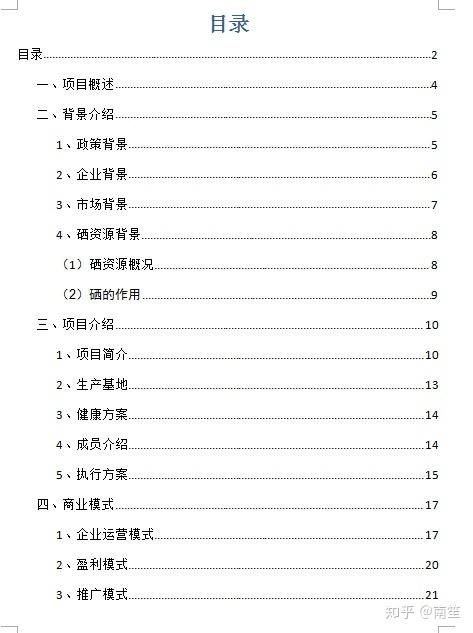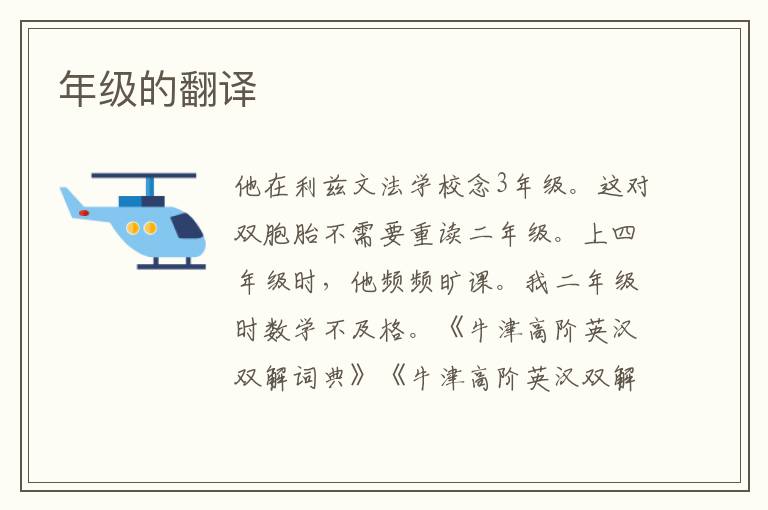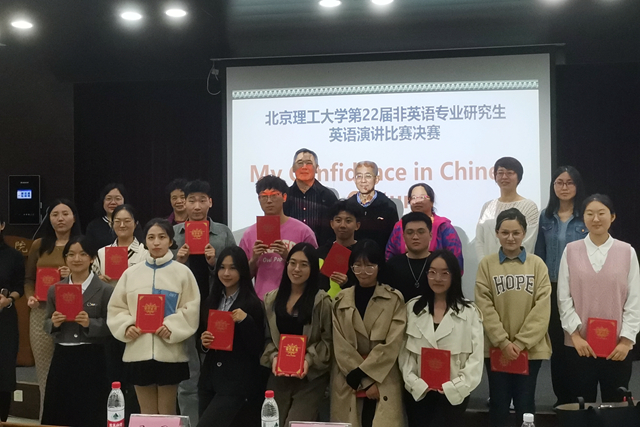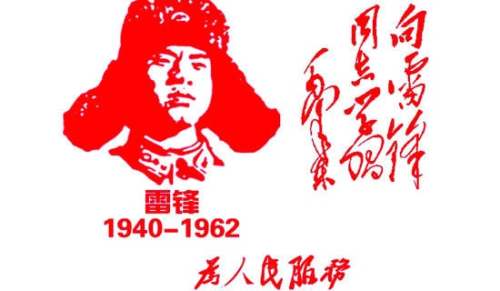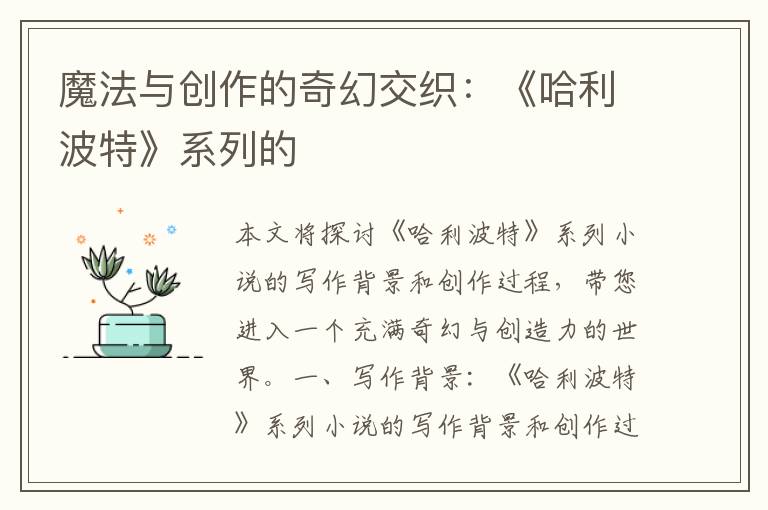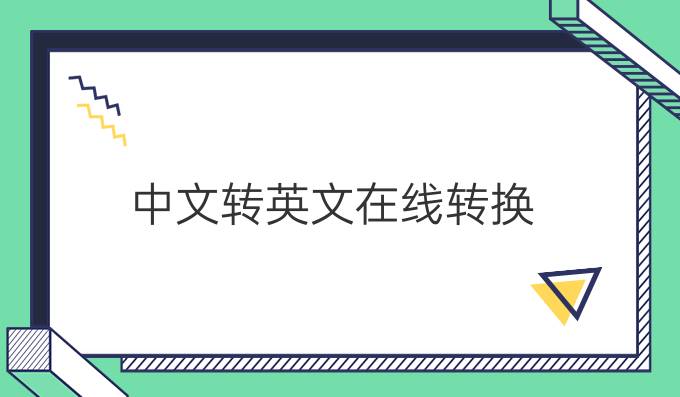2023考研英語閱讀中國的經濟藍圖

China s economic blueprint Take five
The prime minister lays down how Chinas economyis to look in 2023
GRANDPA WEN, Chinas prime minister, Wen Jiabao, is a hands-on patriarch. In his annualspeech to Chinas National Peoples Congress on March 5th he reflected on the governmentswork over the past year, its priorities for this year, and its new five-year plan, which thecongress must ratify. Like a good guardian, Grandpa Wen neglected no aspect of hiswardslives.
On top of the stern duties of safeguarding price stability and national security, Mr Wenpromised to enhance national creativity, enrich philosophy, arouse an innovative spirit,resolutely oppose extravaganceand ensure one hour of physical exercise in schools everyday.
The aim of all this enhancing and arousing is, by the end of the decade, to turn China into axiaokang society. The term traces back to the Confucian Book of Songs, and suggests amoderately prosperous society that can begin to enjoy the fruits of its labours.
To help China on its way, Mr Wen set a target for economic growth of 7% a year for 2011-15.The figure should not be taken too literally. A target of 7.5% for the past five years did notstop China growing by more than 11% over that period. Still, the target is lower than it was inthe previous plan, suggesting that the pattern of growth now matters as much as the speed.
Indeed, Mr Wen said the countrys development is neither balanced, co-ordinated norsustainable. It relies too heavily on investment and on swallowing natural resources and toolittle on consumer spending. The income generated is unevenly divided: between profits andwages, rich households and poor, coastal provinces and inland regions, the cities and thecountryside.
The prime minister also admitted that China had failed to meet at least three targets he set inthe previous five-year plan. Two related to Chinas service industries, which last yearaccounted for 43% of its GDP and 35% of its employment. Countries at Chinas stage ofdevelopment typically have service sectors approaching three-fifths of GDP.
Most of Chinas more lucrative services markets, such as for telecoms, are dominated bystateowned enterprises . The investment hunger of the SOEs, which borrow cheaplyfrom state banks as well as recycle outsized profits, is a chief cause of Chinas unbalanceddevelopment. Mr Wen promised to implement no fewer than 36 guidelines for opening theglass doors preventing private investment in many fields not explicitly reserved for thestate. Such fields include transport, power and municipal utilities.
Regrettably, in the year ahead these liberalisations may be offset by efforts to stop theeconomy from overheating. The government is trying to contain inflation by squeezing credit.And although it urges banks to keep lending to smaller companies, lenders are sure to turnprivate borrowers away before disappointing state-owned ones. If necessary, Mr Wen says,the government will also control prices by administrative means.
Liberal-minded types will take some comfort from Mr Wens promise to press ahead withmaking the yuan convertible for capital-account transactions, a commitment missing from hisprevious two reports. He also promised to push forward with the market-based reform ofinterest rates. The hope is that freer rates would better reward household savers, discourageexcessive investment and possibly allow private borrowers to get loans from state banks byoffering to pay higher rates. But Chinese leaders have often before promised to liberalise rates.
Chinas idiosyncratic pattern of development is never easy to categorise. To some itrepresents a new model of state capitalism: a Beijing consensus to rival the Washingtonconsensus first identified by John Williamson of the Peterson Institute for InternationalEconomics.
Others think China is moving closer to the Washington model. Arthur Kroeber of Dragonomics,a consultancy, argues that it has made solid progress on eight of Mr Williamsons tencommandments, including fiscal discipline and an openness to foreign trade and directinvestment. To follow through on its promise to liberalise interest rates would make a welcomeninth.
譯文
中國的經濟藍圖
中國經濟增長目標略降
總理為2023年的中國經濟狀況定調。
中國總理溫家寶爺爺是一位干實事的爺爺。在3月5日的中國全國人民代表大會的演講中,他回顧了過去一年的政府工作,提出了今年的優先任務和將在這次大會上通過的新的五年規劃。與負責任的監護人一樣,溫爺爺照顧到了其監護之人的生活的方方面面。
除了保持物價穩定和維護國家安全的當務之急外,溫總理承諾將提高國家的創造性,豐富哲學,激發創新精神,杜絕浪費并且確保學校每天安排一個小時的體育鍛煉。
所有這些提高和激發的目標是,到這個十年底,使中國成為小康社會。小康一詞出自孔子的《詩經》,是小康社會開始享受其勞動成果的意思。
為了使中國成為小康社會,中國為2011年-2023年設立了7%的平均經濟增長率。不應過分看重這一數字。過去五年的目標為7.5%,但同期中國的實際增長率卻超過11%。此外,設定的目標低于上次規劃的目標表明增長的模式和速度同樣重要。
實際上,溫家寶表示中國的發展不平衡,不協調并且是不可持續的。它過于依賴投資和自然資源的消耗,對消費支出的依賴不夠。收入分配不均:利潤和工資之間、富裕家庭和窮人之間、沿海省份和內陸地區之間、城鄉之間。
總理還承認,在上一個五年規劃中,中國至少有三個目標沒有實現。其中兩個與中國的服務業有關,去年服務業占到了國內生產總值的43%,創造了35%的就業崗位。處于中國這樣發展水平的國家的服務業應該接近國內生產總值的五分之三。
大多數中國利潤較豐厚的服務市場,如電信業都是由國有企業主導的。國有企業的投資欲望是中國發展不平衡的重要原因之一,它能從國有銀行獲得廉價的貸款并獲取巨額利潤。溫家寶承諾將至少實行36項指導方針打開玻璃門,這些玻璃門在眾多不是明確為國家控制的領域阻礙了私人投資。其中包括交通、電力和市政公共設施。
令人遺憾的是,今年這些自由化的措施可能會被阻止經濟過熱的努力抵消。政府正試圖通過減少信貸遏制通脹。此外,盡管政府督促各銀行繼續為較小企業提供貸款,但是銀行必定會在令國有企業失望之前回絕私人借貸者。溫家寶表示,如有必要,政府還將采取行政手段控制價格。自由思想者將從溫家寶推進人民幣在資本賬戶交易中自由兌換的承諾中獲得一些安慰,在其前兩份報告中都沒有作出這項承諾。他還承諾推進以市場為基礎的利率改革。更加自由的利率可能會讓家庭儲戶獲得更好的回報,抑制過多投資并可能讓私人借貸者通過支付更高的利率從國有銀行獲得貸款。但是中國此前也常常承諾讓利率自由浮動。
中國與眾不同的發展模式從來都不易歸類。在一些人看來,它是一種新的國家資本主義模式:北京共識,與彼得森國際經濟研究所的約翰威廉姆森首次提出的華盛頓共識相對。還有人認為中國正一步步接近華盛頓模式。龍洲經訊咨詢公司的葛藝豪稱,在威廉姆森設立的十戒中,有八戒,中國取得了穩步的進展,包括財政紀律和向國外貿易和直接投資開放。兌現其讓利率自由浮動的承諾將成為取得進展的第九戒,這是受人歡迎的。
China s economic blueprint Take five
The prime minister lays down how Chinas economyis to look in 2023
GRANDPA WEN, Chinas prime minister, Wen Jiabao, is a hands-on patriarch. In his annualspeech to Chinas National Peoples Congress on March 5th he reflected on the governmentswork over the past year, its priorities for this year, and its new five-year plan, which thecongress must ratify. Like a good guardian, Grandpa Wen neglected no aspect of hiswardslives.
On top of the stern duties of safeguarding price stability and national security, Mr Wenpromised to enhance national creativity, enrich philosophy, arouse an innovative spirit,resolutely oppose extravaganceand ensure one hour of physical exercise in schools everyday.
The aim of all this enhancing and arousing is, by the end of the decade, to turn China into axiaokang society. The term traces back to the Confucian Book of Songs, and suggests amoderately prosperous society that can begin to enjoy the fruits of its labours.
To help China on its way, Mr Wen set a target for economic growth of 7% a year for 2011-15.The figure should not be taken too literally. A target of 7.5% for the past five years did notstop China growing by more than 11% over that period. Still, the target is lower than it was inthe previous plan, suggesting that the pattern of growth now matters as much as the speed.
Indeed, Mr Wen said the countrys development is neither balanced, co-ordinated norsustainable. It relies too heavily on investment and on swallowing natural resources and toolittle on consumer spending. The income generated is unevenly divided: between profits andwages, rich households and poor, coastal provinces and inland regions, the cities and thecountryside.
The prime minister also admitted that China had failed to meet at least three targets he set inthe previous five-year plan. Two related to Chinas service industries, which last yearaccounted for 43% of its GDP and 35% of its employment. Countries at Chinas stage ofdevelopment typically have service sectors approaching three-fifths of GDP.
Most of Chinas more lucrative services markets, such as for telecoms, are dominated bystateowned enterprises . The investment hunger of the SOEs, which borrow cheaplyfrom state banks as well as recycle outsized profits, is a chief cause of Chinas unbalanceddevelopment. Mr Wen promised to implement no fewer than 36 guidelines for opening theglass doors preventing private investment in many fields not explicitly reserved for thestate. Such fields include transport, power and municipal utilities.
Regrettably, in the year ahead these liberalisations may be offset by efforts to stop theeconomy from overheating. The government is trying to contain inflation by squeezing credit.And although it urges banks to keep lending to smaller companies, lenders are sure to turnprivate borrowers away before disappointing state-owned ones. If necessary, Mr Wen says,the government will also control prices by administrative means.
Liberal-minded types will take some comfort from Mr Wens promise to press ahead withmaking the yuan convertible for capital-account transactions, a commitment missing from hisprevious two reports. He also promised to push forward with the market-based reform ofinterest rates. The hope is that freer rates would better reward household savers, discourageexcessive investment and possibly allow private borrowers to get loans from state banks byoffering to pay higher rates. But Chinese leaders have often before promised to liberalise rates.
Chinas idiosyncratic pattern of development is never easy to categorise. To some itrepresents a new model of state capitalism: a Beijing consensus to rival the Washingtonconsensus first identified by John Williamson of the Peterson Institute for InternationalEconomics.
Others think China is moving closer to the Washington model. Arthur Kroeber of Dragonomics,a consultancy, argues that it has made solid progress on eight of Mr Williamsons tencommandments, including fiscal discipline and an openness to foreign trade and directinvestment. To follow through on its promise to liberalise interest rates would make a welcomeninth.
譯文
中國的經濟藍圖
中國經濟增長目標略降
總理為2023年的中國經濟狀況定調。
中國總理溫家寶爺爺是一位干實事的爺爺。在3月5日的中國全國人民代表大會的演講中,他回顧了過去一年的政府工作,提出了今年的優先任務和將在這次大會上通過的新的五年規劃。與負責任的監護人一樣,溫爺爺照顧到了其監護之人的生活的方方面面。
除了保持物價穩定和維護國家安全的當務之急外,溫總理承諾將提高國家的創造性,豐富哲學,激發創新精神,杜絕浪費并且確保學校每天安排一個小時的體育鍛煉。
所有這些提高和激發的目標是,到這個十年底,使中國成為小康社會。小康一詞出自孔子的《詩經》,是小康社會開始享受其勞動成果的意思。
為了使中國成為小康社會,中國為2011年-2023年設立了7%的平均經濟增長率。不應過分看重這一數字。過去五年的目標為7.5%,但同期中國的實際增長率卻超過11%。此外,設定的目標低于上次規劃的目標表明增長的模式和速度同樣重要。
實際上,溫家寶表示中國的發展不平衡,不協調并且是不可持續的。它過于依賴投資和自然資源的消耗,對消費支出的依賴不夠。收入分配不均:利潤和工資之間、富裕家庭和窮人之間、沿海省份和內陸地區之間、城鄉之間。
總理還承認,在上一個五年規劃中,中國至少有三個目標沒有實現。其中兩個與中國的服務業有關,去年服務業占到了國內生產總值的43%,創造了35%的就業崗位。處于中國這樣發展水平的國家的服務業應該接近國內生產總值的五分之三。
大多數中國利潤較豐厚的服務市場,如電信業都是由國有企業主導的。國有企業的投資欲望是中國發展不平衡的重要原因之一,它能從國有銀行獲得廉價的貸款并獲取巨額利潤。溫家寶承諾將至少實行36項指導方針打開玻璃門,這些玻璃門在眾多不是明確為國家控制的領域阻礙了私人投資。其中包括交通、電力和市政公共設施。
令人遺憾的是,今年這些自由化的措施可能會被阻止經濟過熱的努力抵消。政府正試圖通過減少信貸遏制通脹。此外,盡管政府督促各銀行繼續為較小企業提供貸款,但是銀行必定會在令國有企業失望之前回絕私人借貸者。溫家寶表示,如有必要,政府還將采取行政手段控制價格。自由思想者將從溫家寶推進人民幣在資本賬戶交易中自由兌換的承諾中獲得一些安慰,在其前兩份報告中都沒有作出這項承諾。他還承諾推進以市場為基礎的利率改革。更加自由的利率可能會讓家庭儲戶獲得更好的回報,抑制過多投資并可能讓私人借貸者通過支付更高的利率從國有銀行獲得貸款。但是中國此前也常常承諾讓利率自由浮動。
中國與眾不同的發展模式從來都不易歸類。在一些人看來,它是一種新的國家資本主義模式:北京共識,與彼得森國際經濟研究所的約翰威廉姆森首次提出的華盛頓共識相對。還有人認為中國正一步步接近華盛頓模式。龍洲經訊咨詢公司的葛藝豪稱,在威廉姆森設立的十戒中,有八戒,中國取得了穩步的進展,包括財政紀律和向國外貿易和直接投資開放。兌現其讓利率自由浮動的承諾將成為取得進展的第九戒,這是受人歡迎的。



